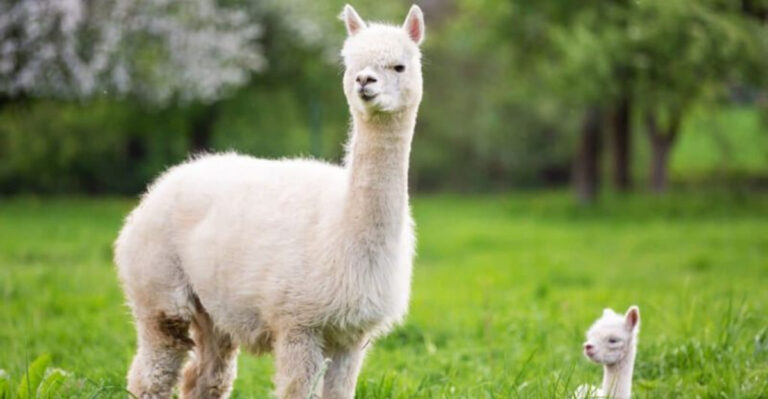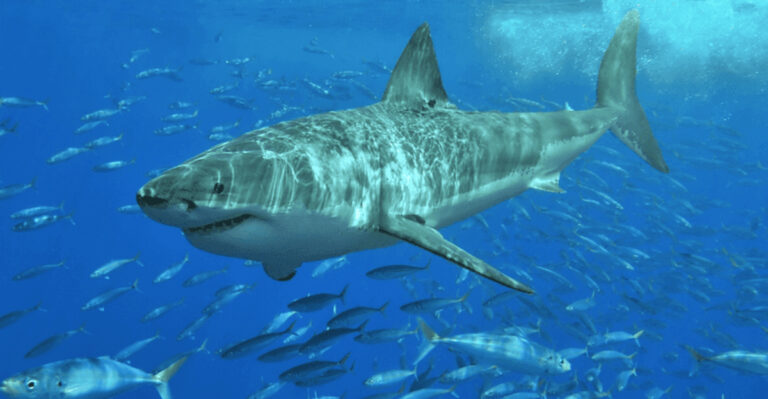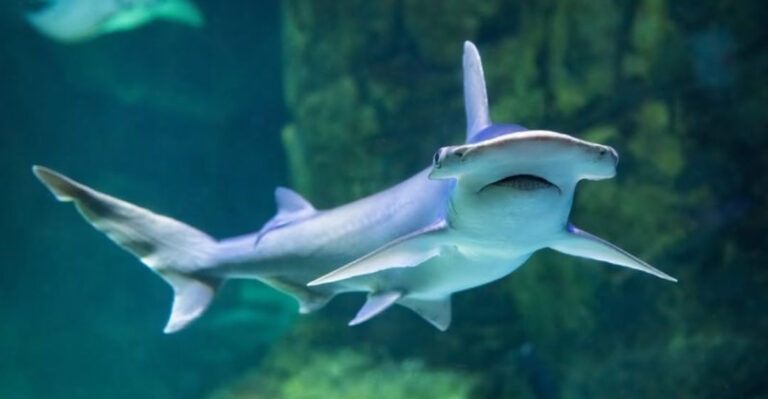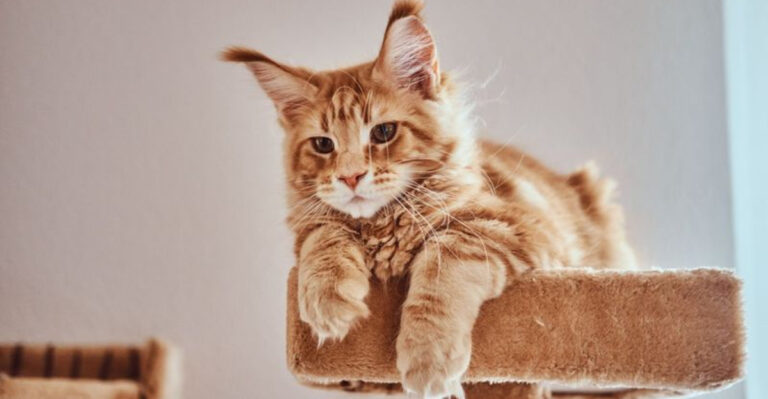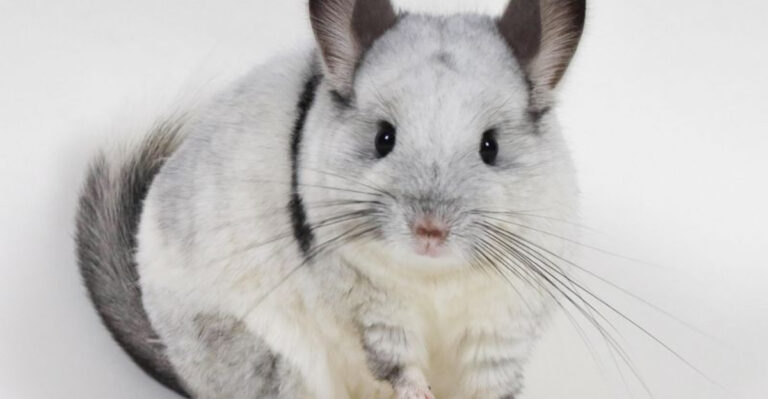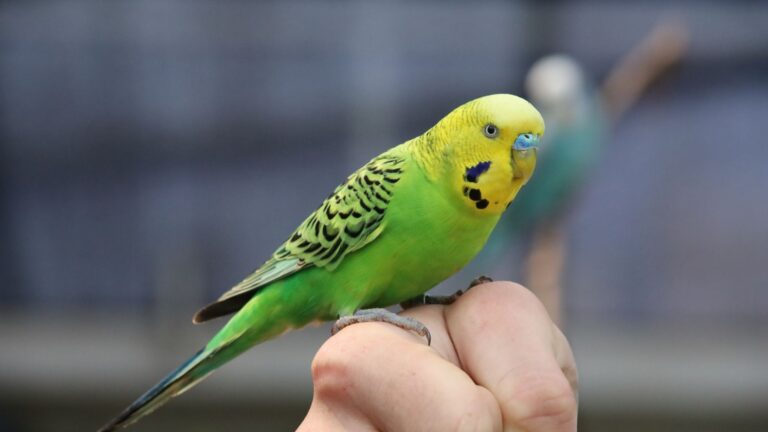15 Domestic Cat Breeds That Physically Resemble North American Wildcats
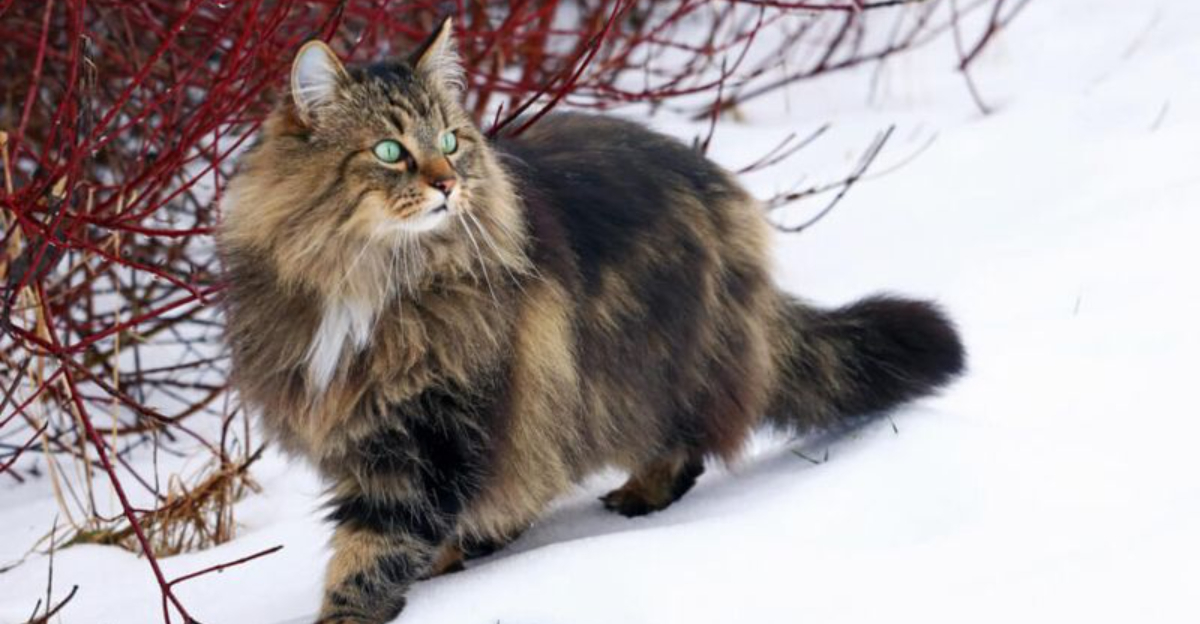
Ever noticed how some house cats look like they just stepped out of the wild? North American wildcats like bobcats, lynxes, and cougars have distinctive features that occasionally pop up in our domestic feline friends.
From tufted ears to spotted coats and muscular builds, these similarities aren’t just coincidence – they reflect shared ancestry from wild feline predecessors. Let’s explore 15 domestic cat breeds that could almost pass for their wild North American cousins.
1. Maine Coon
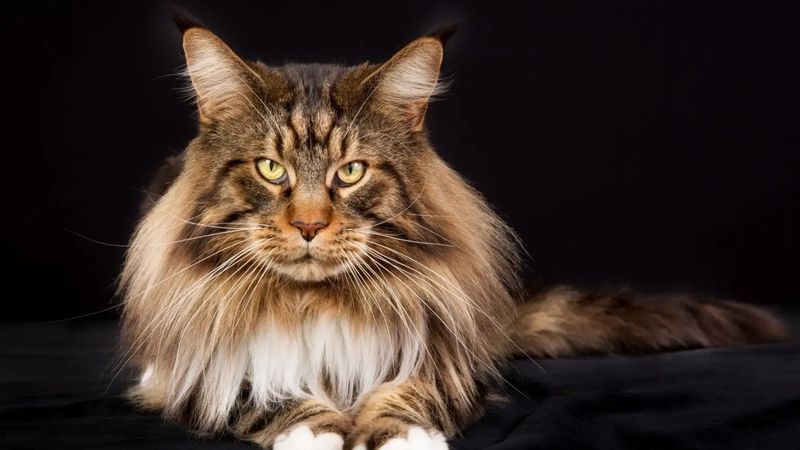
Gentle giants of the cat world, Maine Coons sport tufted ears and snowshoe-like paws that mirror their lynx relatives. Their shaggy fur and prominent ruffs create an uncanny resemblance to Canada lynx, especially in winter months.
The Maine Coon’s bushy tail and rectangular body shape further enhance this wild look. Many brown tabby Maine Coons display the same facial markings and eye shape as their wilderness counterparts.
2. Pixie-Bob
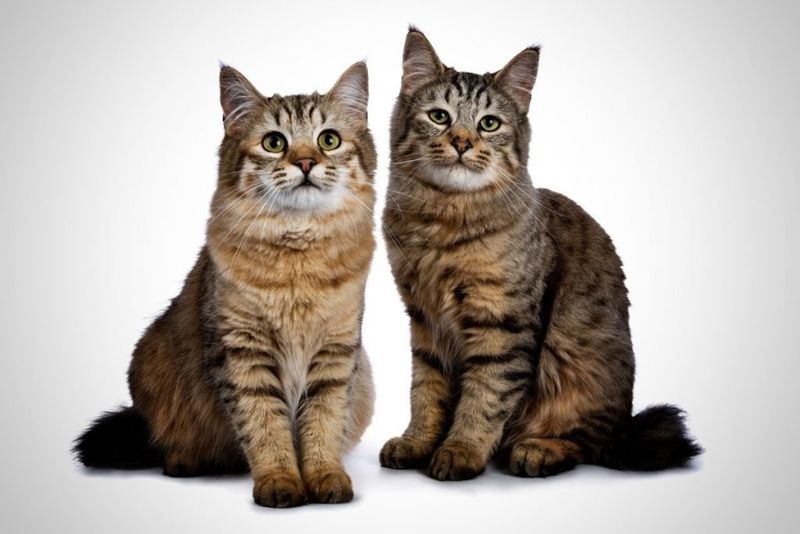
Born from a rumored liaison between a bobcat and a barn cat, Pixie-Bobs capture the essence of wild bobcats in a family-friendly package. Their spotted bellies, short bobbed tails, and distinctive facial markings scream wilderness heritage.
Standing on muscular hind legs that are noticeably longer than the front, these cats move with the same distinctive gait as bobcats. Their polydactyl paws often feature extra toes, adding to their unique charm.
3. American Bobtail
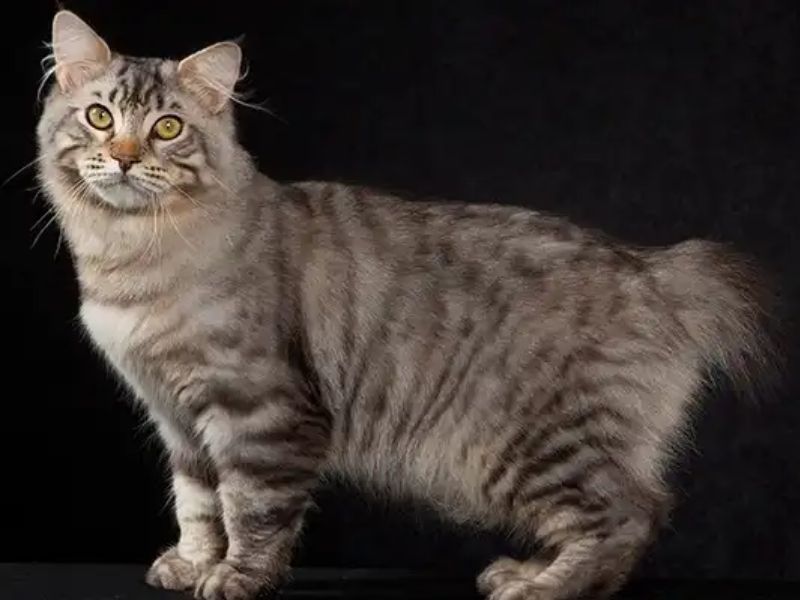
Looking like they wandered straight from the wilderness into your living room, American Bobtails feature the shortened tail and athletic build of bobcats. Their wild appearance is no accident – the breed was developed specifically to capture that untamed aesthetic.
Hunters at heart, these cats stalk prey with the same focused intensity as their wild cousins. Despite their feral looks, they’re known for puppy-like attachment to their humans.
4. Savannah

While technically created from African serval cats, Savannahs bear a striking resemblance to young mountain lions with their tawny coats and long, lean bodies. First-generation Savannahs can reach 20 pounds, mimicking the muscular build of cougar cubs.
Their distinctive spotted pattern gradually fades to solid, much like adolescent mountain lions. With long legs and a confident stride, these cats move with the same grace as their wild counterparts.
5. Chausie

Mix a wild jungle cat with a domestic Abyssinian and you get the Chausie – a sleek, athletic feline with uncanny resemblance to the jaguarundi of southwestern deserts. Their long legs and muscular bodies create a silhouette that screams predator.
Watching a Chausie leap effortlessly to high perches reveals their wild heritage. Most come in solid brown or black, mimicking the dark phase of the jaguarundi perfectly.
6. Abyssinian
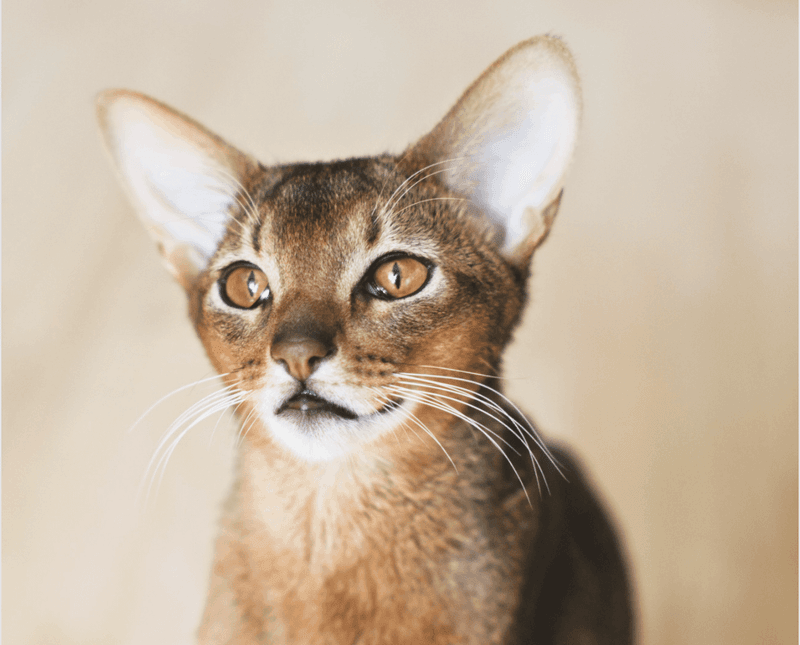
Sporting the same ticked coat pattern as North American desert wildcats, Abyssinians flash a wild elegance in every movement. Their almond-shaped eyes and alert ears constantly scan their surroundings, just like their wild counterparts.
The ruddy coloration perfectly mimics the sun-baked fur of southwestern wildcats. Ancient-looking and lithe, these cats carry themselves with the dignified bearing of creatures that once roamed free across the desert landscape.
7. Norwegian Forest Cat
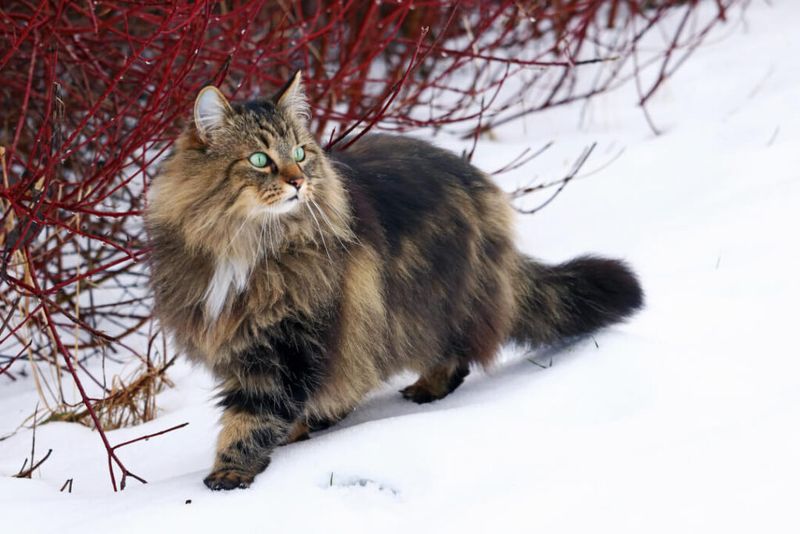
Frost-tipped fur and impressive ear tufts make Norwegian Forest Cats dead ringers for Canada lynx, especially in their winter coats. Their substantial size – males can reach 16 pounds – adds to the wildcat illusion.
Snowshoe paws equipped with tufts of fur between toe pads help them navigate snowy terrain just like their wild counterparts. The distinctive triangular face with prominent whisker pads completes the lynx masquerade.
8. Bengal
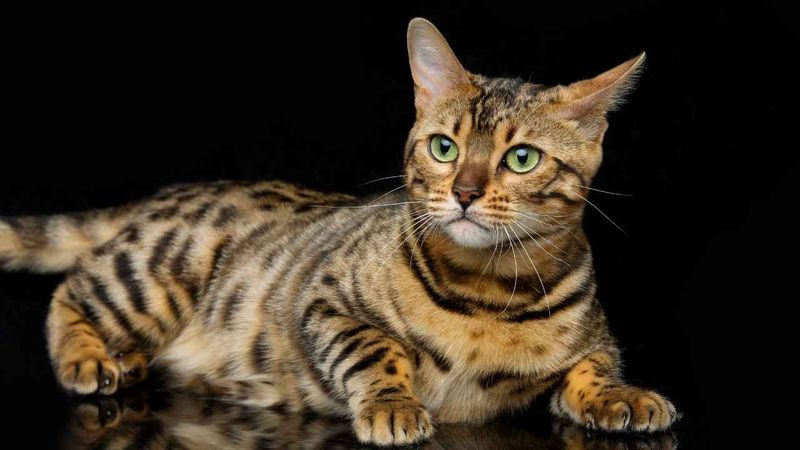
Glittering spots seem to dance across a Bengal’s coat – a stunning replica of the ocelot’s famous rosettes. While ocelots aren’t found throughout North America, their range does extend into the southwestern United States, making Bengals their perfect domestic doppelgängers.
Muscular and agile, these cats share the same powerful haunches and predatory movements. Their love of water mirrors wild ocelots’ swimming abilities, unusual among domestic breeds.
9. Siberian
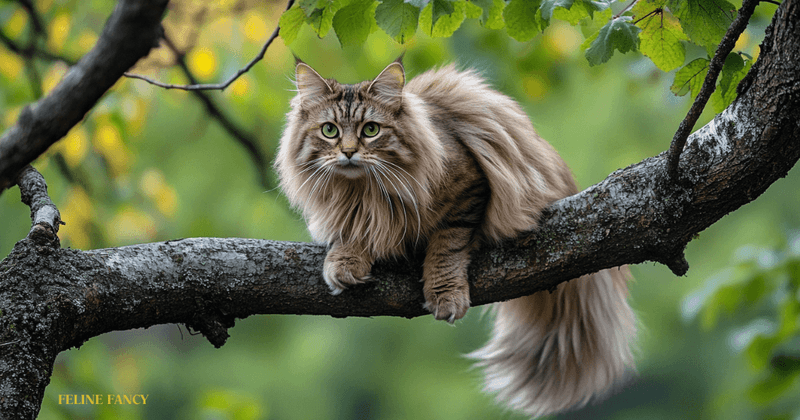
Wrapped in triple-layered fur that changes with the seasons, Siberians echo the Canada lynx’s weather-resistant coat and sturdy build. Their substantial bone structure and powerful muscles create an unmistakably wild silhouette.
Golden eyes peer from a face framed by a magnificent ruff – a feature shared with northern wildcats. Though Russian in origin, these cats could easily be mistaken for North American forest dwellers when seen stalking through underbrush.
10. Highlander
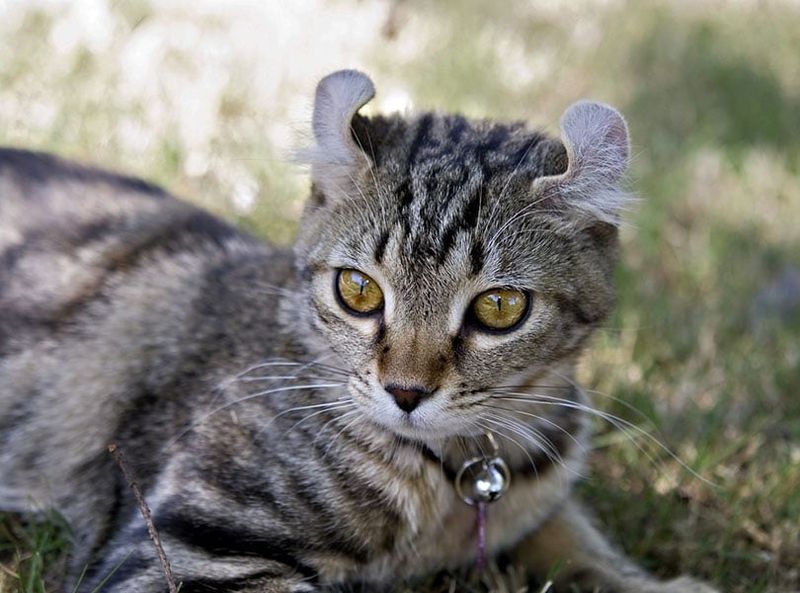
Formerly known as the Highland Lynx, these cats feature the distinctive curled ears and bobbed tails that instantly bring bobcats to mind. Their muscular frames and wild facial expressions complete the wilderness illusion.
Polydactyl paws give them an advantage when climbing or pouncing – much like their wild cousins. Despite their fierce appearance, they’re known for clownish personalities that belie their predatory looks.
11. Manx
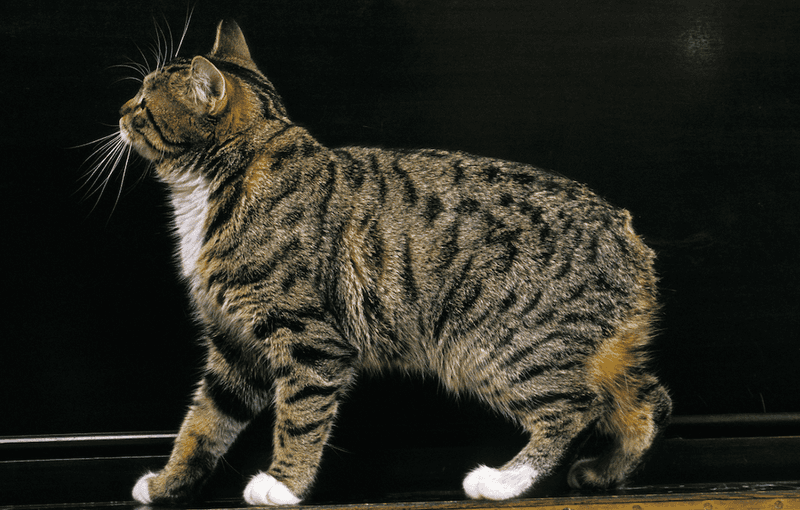
Famous for their missing tails, Manx cats bear an uncanny resemblance to the bobcat’s silhouette. Round faces with high cheekbones echo the facial structure of their wild lookalikes, creating a distinctly untamed appearance.
Powerful hind legs make them exceptional jumpers – a trait shared with bobcats. Their double coat, especially in tabby patterns, further enhances the wildcat illusion when they’re spotted darting through tall grass.
12. Egyptian Mau
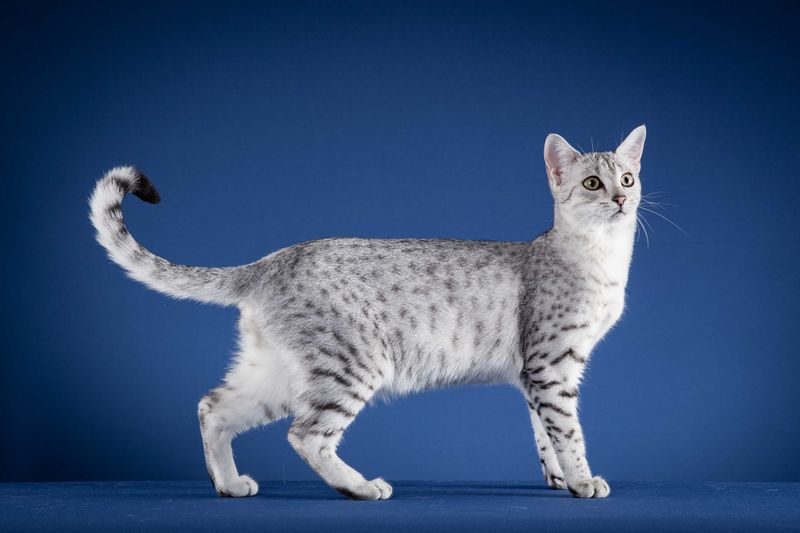
Rippling muscles under spotted coats make Egyptian Maus natural mimics of southwestern spotted wildcats. As the only naturally spotted domestic breed, their markings aren’t human-engineered but passed down through ancient bloodlines.
Lightning-fast sprinters, they can reach speeds of 30 mph – approaching the capabilities of wild felines. The distinctive mascara lines around their eyes create the same intense gaze that desert wildcats use to hypnotize prey.
13. Domestic Shorthair (Mackerel Tabby)
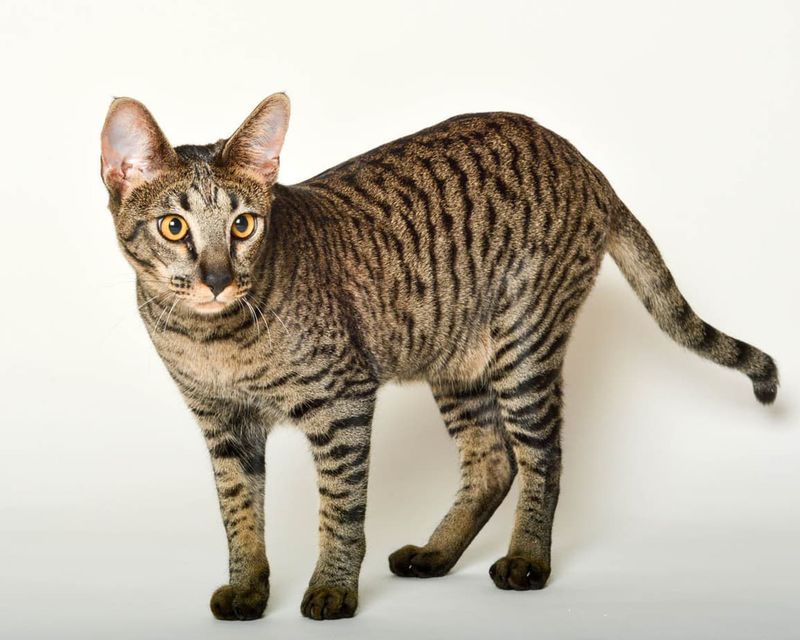
Regular house cats in mackerel tabby patterns showcase the clearest evidence of wildcat ancestry. The distinctive M marking on their foreheads and striped legs match perfectly with the markings of North American wildcats.
Watching a tabby stalk a toy reveals hunting behaviors unchanged from their wild relatives. Their camouflage patterns developed for the same purpose – blending into forest undergrowth while hunting small prey.
14. Ocicat
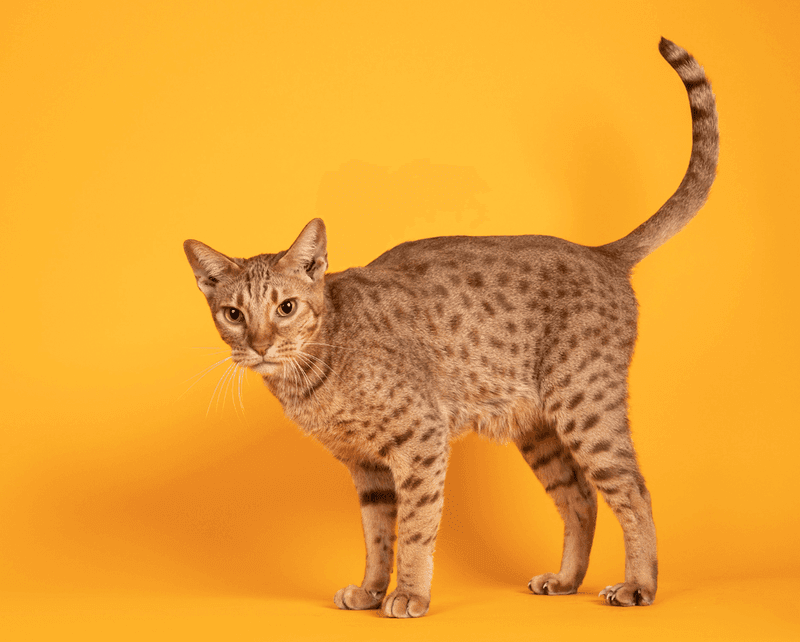
Contrary to popular belief, Ocicats contain no wild blood despite looking like they just stepped out of the forest. Their spotted coats mimic the markings of ocelots that once roamed the American Southwest.
Athletic and powerful, these cats move with the same fluid grace as their wild lookalikes. Their muscular shoulders and hips give them the distinctive predator stance seen in wildcats, though they’re completely domestic in temperament.
15. American Curl

Distinctive backward-curling ears give American Curls a wildcat silhouette reminiscent of lynx, especially when viewed in profile. The unique ear shape creates the same alert, predatory appearance that makes wildcats such effective hunters.
Medium-sized but muscular, these cats carry themselves with the same confident posture as their wild counterparts. Many come in silver and brown tabby patterns that further enhance their resemblance to forest-dwelling wildcats.

